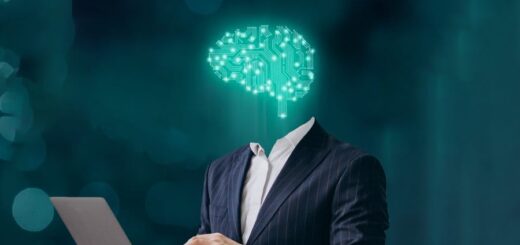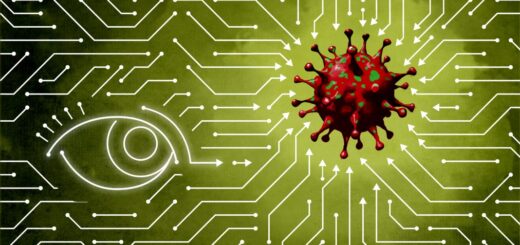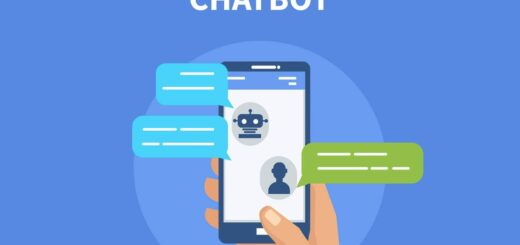How AI is Redefining Human-Machine Collaboration
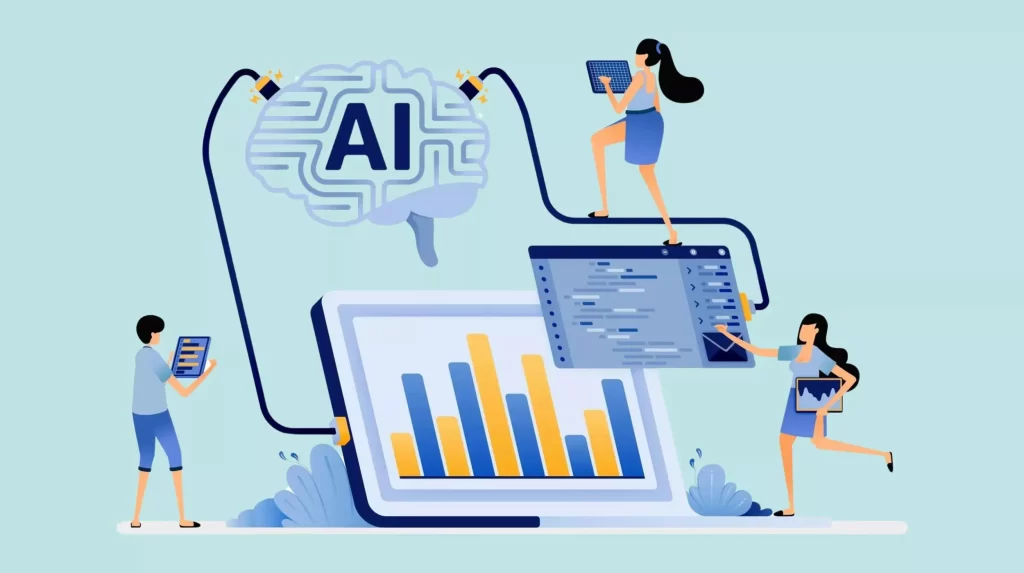
For years, artificial intelligence has been viewed through a lens of automation, efficiency, and optimization. The dominant narrative has often revolved around machines replacing humans in various tasks, from factory work to customer service. However, a more promising development is emerging—AI is no longer just a tool for replacing human effort; it is evolving into a true collaborator, augmenting human capabilities rather than replacing them.
The concept of human-AI collaboration is transforming industries, from healthcare to creative arts. Instead of viewing AI as a competitor to human intelligence, many experts now see it as a partner—one that enhances problem-solving, speeds up innovation, and unlocks new creative possibilities. This shift is reshaping how businesses, researchers, and individuals interact with intelligent systems, allowing for a more integrated and productive relationship between humans and machines.
This article explores the evolution of AI from an automation tool to a collaborative partner, the benefits of human-AI collaboration, real-world applications, and the challenges that must be overcome to make this partnership more effective.
AI as a Creative and Cognitive Partner
Historically, AI has been used to automate repetitive tasks, analyze vast datasets, and make predictions based on historical trends. But new advancements are allowing AI to think alongside humans, acting as an assistant rather than a replacement.
AI in Creativity and Design
One of the most unexpected yet exciting applications of AI is in creative fields, where machines are now working alongside artists, musicians, and designers.
- AI models like DALL·E and DeepDream are generating unique artwork by interpreting textual descriptions and producing never-before-seen images.
- AI-powered music composition tools assist musicians by suggesting harmonies, generating backing tracks, or even composing entire pieces based on user input.
- AI is helping filmmakers and writers by suggesting plot developments, editing film footage, and even generating realistic deepfake technology for special effects.
Rather than replacing artists, AI is becoming a collaborator in the creative process, offering inspiration and enhancing human creativity in ways previously unimaginable.
AI in Research and Decision-Making
- AI-powered systems are assisting scientists in drug discovery, analyzing vast datasets to identify potential treatments faster than human researchers alone.
- AI-enhanced decision support systems are helping businesses analyze risks, evaluate financial strategies, and optimize supply chains.
- AI-driven legal assistants help lawyers review case files, analyze contracts, and predict litigation outcomes, making legal research faster and more accurate.
By augmenting human intelligence, AI is enabling professionals to focus on higher-level problem-solving, while the machine handles data-heavy tasks in the background.
Industries Embracing AI-Human Collaboration
Several industries are already demonstrating the potential of AI-human partnerships:
Healthcare: AI-Assisted Diagnosis and Treatment
- AI models are assisting radiologists in detecting anomalies in X-rays and MRIs, improving diagnostic accuracy.
- Virtual health assistants are providing preliminary consultations, reducing wait times for patients while still keeping human doctors in the loop.
- AI-powered robotic surgery systems allow surgeons to perform complex procedures with greater precision, minimizing risks and recovery time.
Manufacturing and Robotics
- AI-driven cobots (collaborative robots) are working alongside human workers on assembly lines, adapting to different tasks based on real-time feedback.
- AI-powered predictive maintenance tools help factory workers prevent equipment failures before they happen, reducing downtime and costs.
- Intelligent warehouse robots assist human staff in picking, sorting, and packaging goods, improving efficiency without eliminating human jobs.
Customer Service and AI-Powered Assistance
- AI-powered chatbots are handling routine customer inquiries, allowing human representatives to focus on more complex issues that require emotional intelligence.
- AI-driven translation tools break language barriers in global business communication, allowing employees to interact seamlessly across different languages.
- AI-powered virtual assistants in offices are managing schedules, automating meeting summaries, and improving workflow efficiency.
These examples highlight that AI is not replacing humans but enabling them to work smarter, faster, and more effectively.
Challenges of Human-AI Collaboration
While AI-human collaboration holds immense promise, several challenges must be addressed to ensure that these systems function effectively and ethically.
1. Trust and Transparency
- Many AI models operate as black boxes, meaning their decision-making process is not always clear.
- Businesses and developers need to prioritize explainable AI (XAI), ensuring that AI-generated insights can be understood and trusted by human users.
2. Bias in AI Systems
- AI systems trained on biased data may reinforce existing inequalities, particularly in hiring, finance, and criminal justice applications.
- Efforts to improve AI fairness, diverse training datasets, and bias detection tools are essential for equitable AI-human collaboration.
3. Ethical Considerations
- As AI takes on more complex decision-making roles, questions around responsibility and accountability become more pressing.
- Regulations and ethical frameworks must ensure that AI systems remain beneficial and do not cause unintended harm.
4. Workforce Adaptation and Skill Shifts
- As AI automates certain tasks, workers will need to adapt by learning new skills that emphasize collaboration with AI rather than competition against it.
- Companies must invest in AI literacy programs, helping employees understand how to effectively use AI tools.
Despite these challenges, the future of AI-human collaboration looks promising—provided that businesses, researchers, and policymakers work together to create AI systems that are ethical, transparent, and user-friendly.
The Future of Human-AI Collaboration
As AI continues to evolve, the relationship between humans and machines will become more dynamic and integrated. Some key trends to watch include:
- AI-Powered Creativity Tools: AI will continue to help humans in creative fields, co-writing scripts, composing music, and generating innovative designs.
- AI in Knowledge Work: AI assistants will become standard tools for professionals in law, medicine, and business, augmenting human expertise.
- Emotionally Intelligent AI: Advances in sentiment analysis and emotional AI will allow machines to better understand and respond to human emotions, improving customer service and mental health applications.
- AI as a Workplace Partner: Rather than replacing employees, AI will become an integral part of everyday workflows, handling repetitive tasks and allowing humans to focus on higher-level thinking and innovation.
The future is not about AI replacing human workers, but about AI working alongside them, amplifying productivity and unlocking new possibilities across industries.
Final Thoughts: A New Way to Work with AI
The evolution of AI from an automation tool to a true collaborative partner represents a profound shift in how we approach work, creativity, and problem-solving. As AI becomes more integrated into our daily lives, the key to success lies in embracing AI as an ally rather than a competitor.
Organizations and individuals who learn how to effectively collaborate with AI—leveraging its strengths while applying human judgment and creativity—will be the ones who thrive in the future economy. The age of human-AI collaboration has arrived, and those who adapt will be at the forefront of the next wave of innovation.
